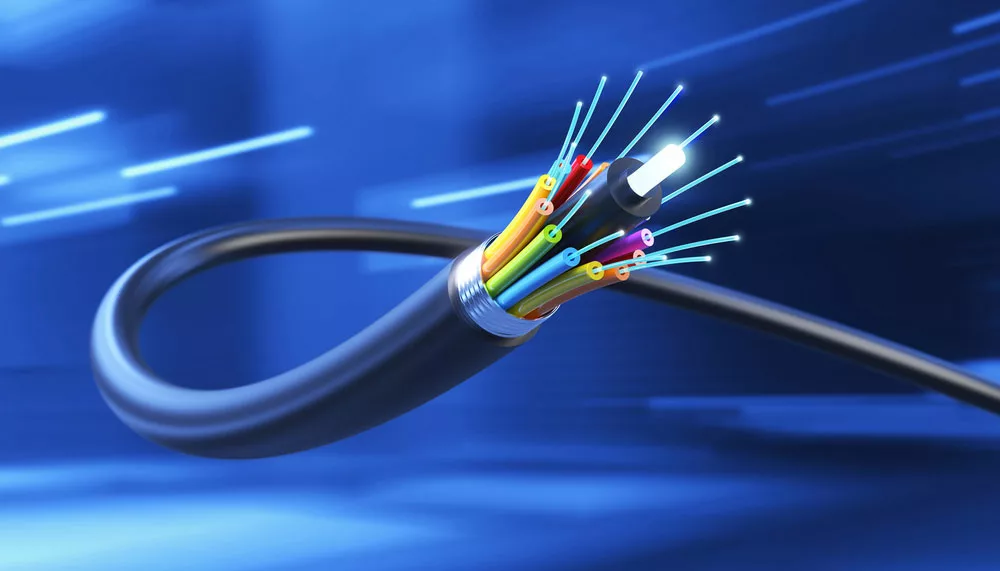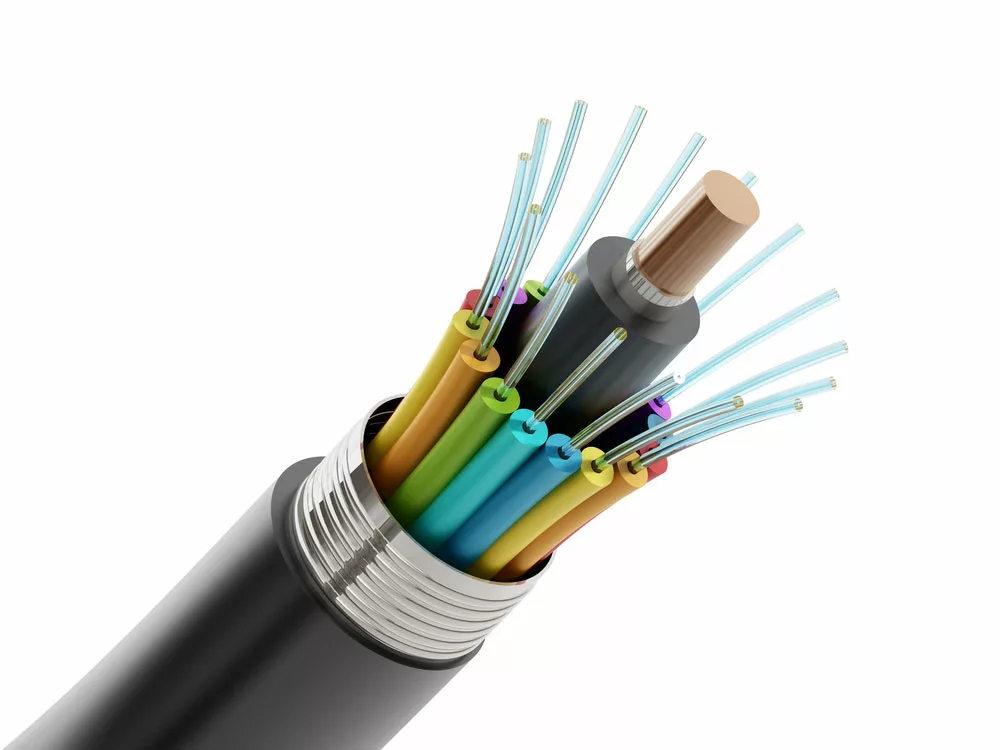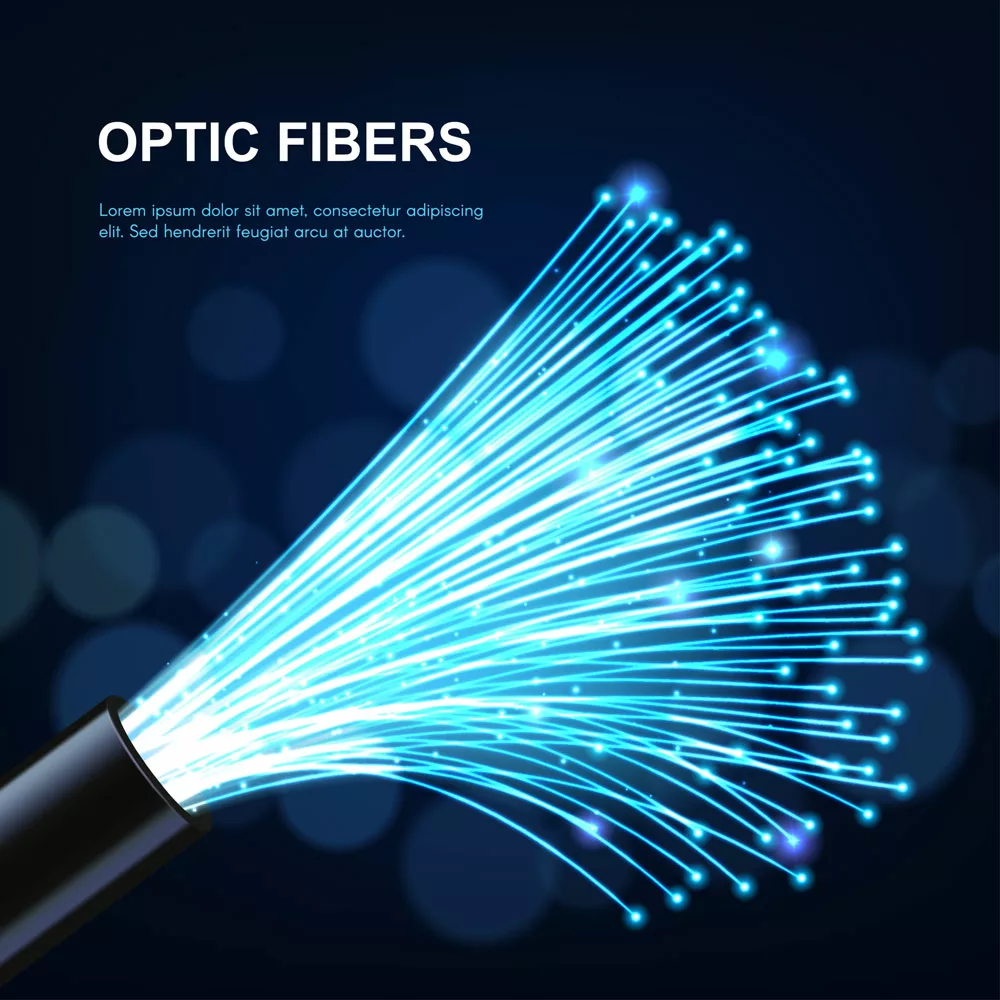How to Clean Fiber Optic Cables? Fiber optic cables are the go-to connection options for long-distance and high-performance data networking.
But the slightest obstruction can cause these sensitive cables to deliver a less-than-optimal performance.
So, you must know how to clean fiber optic cables before purchasing one.
Besides, you can’t just rush in with cleaning materials. Maintaining fiber optic cables requires extreme care to avoid unnecessary damage.
This article will provide useful tips to help you clean fiber optic cables successfully and discuss how often you must sustain your connectors.
Table of Contents
- Why is Cleaning Fiber Optic Cables Important?
- When Should you Clean Fiber Optic Cables?
- How to Clean Fiber Optic Cables
- Concluding Words
Why is Cleaning Fiber Optic Cables Important?

High-speed data transmission fiber optic cable
As stated earlier, fiber optic cables are incredibly sensitive connectors that allow even the slightest obstruction to hinder their performance. In truth, 85% of fiber optic network failures result from contaminated fiber connectors.
Unfortunately, the main things you should worry about are mainly invisible to the naked eye. However, particles like lint, oil, dust, and other microscopic terrors are also responsible for disrupting your fiber optic network’s performance.
Although most of these particles seem negligible, they’re big enough to block a single-mode connector’s entire core. As a result, the connection disruption will heighten signal return loss and attenuation–with the risk of causing permanent damage.
Thankfully, cleaning your cables before installation can help avoid any of the issues above. After all, even new fiber optic cables are susceptible to contamination–so you must clean them before use.
When Should you Clean Fiber Optic Cables?

Fiber optic cable internal wires
While knowing the processes and tools required for this cleaning project is necessary, you must also understand when to clean fiber optic cables. First off, we recommend cleaning your fiber optics before installation.
Why? We mentioned previously that new cables are not guaranteed to be clean. Also, the installation process may allow contaminants, like dust, to infiltrate and cause problems.
As a result, it’s vital to always clean the end of your cable before plugging it into a connector. In addition, you may not need regular cleaning and maintenance after installing fiber optic cables.
But we strongly recommend avoiding regular maintenance and cleaning routines as they can release more contaminants. Fiber systems have designs requiring you to install and leave alone unless it gets damaged.
So, if you have problems with your cables, clean the connectors and cables after fixing the issue.
Reconnecting them without proper cleaning procedures may allow microscopic particles to disrupt your network. Also, you can try cleaning your optical transceivers and cables for an easy fix.
How to Clean Fiber Optic Cables

Glowing optic fibers
First, always inspect your optic connector before cleaning. While contamination is an optic network’s number one threat, regular cleaning may allow new threats to manifest. But here’s how to clean fiber optic cables when needed.
- Grab a reel cleaner or free wipe solvent and gently apply it on the wipe surface of the fiber optic cable.
- Then, lightly press the connector’s end face toward the wipe’s wet section and draw it straight to the dry portion.
- Don’t use excessive force or dry cleaning to avoid permanent damage.
- Next, use a probe or hand-held scope to observe the connector’s end face before installation.
- Check if all residual solvents and potential contaminants have left the cable before plugging it into your connector.
- Repeat the cleaning steps if you find any particles before installation.
Concluding Words
It’s easy to clean fiber optic cables. But cleaning it only after you buy it or plug it into your connector is best.
Do you have more questions on this topic? Please, feel free to contact us, and we’ll be happy to help.
